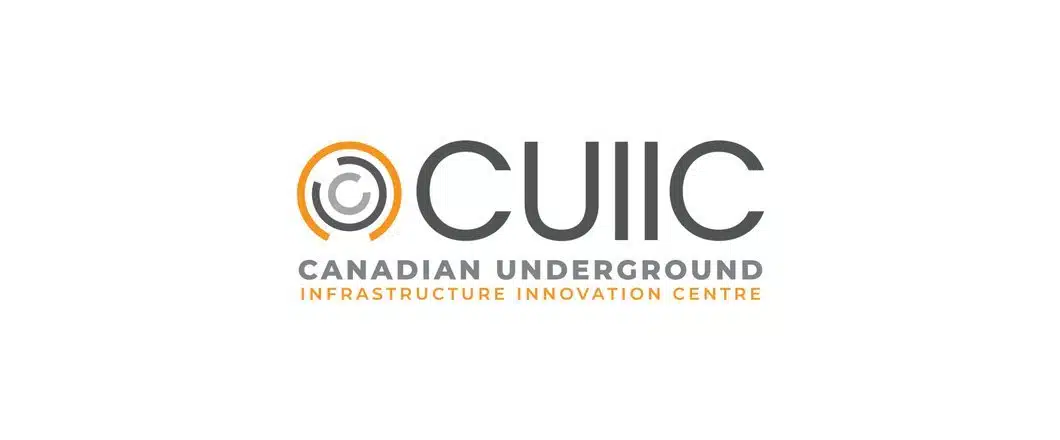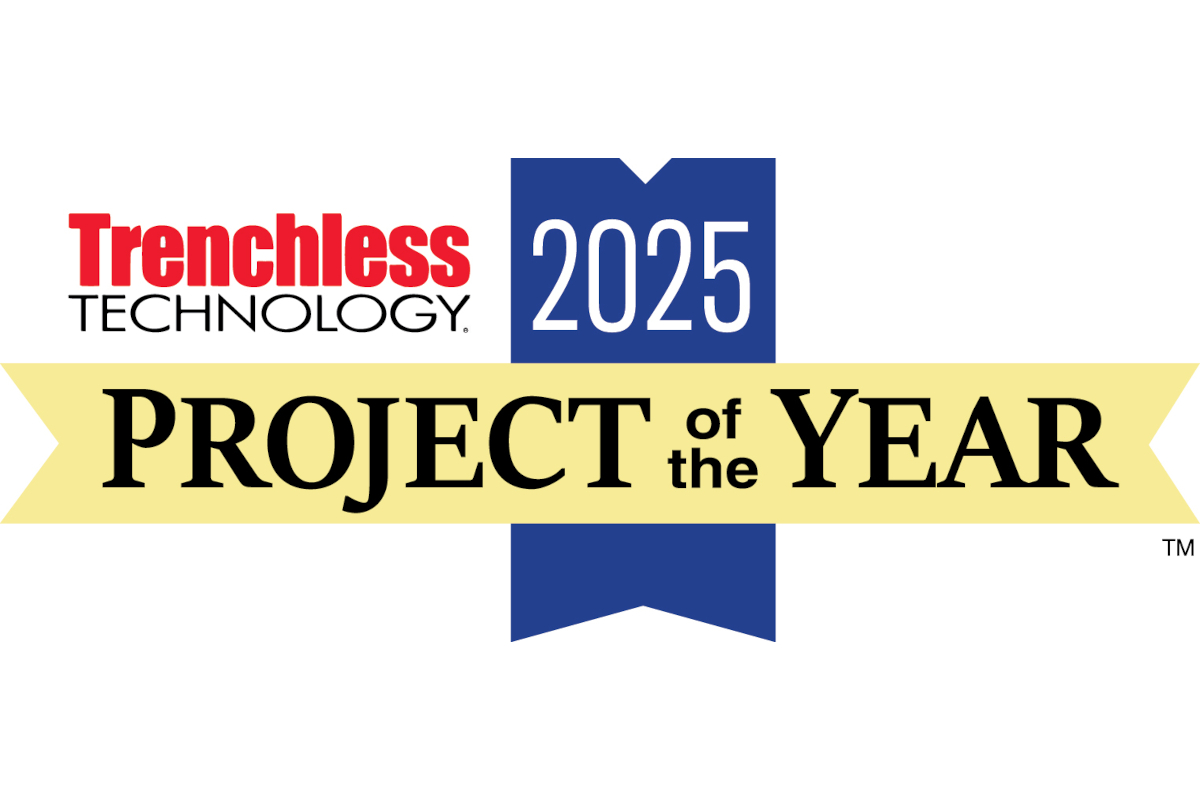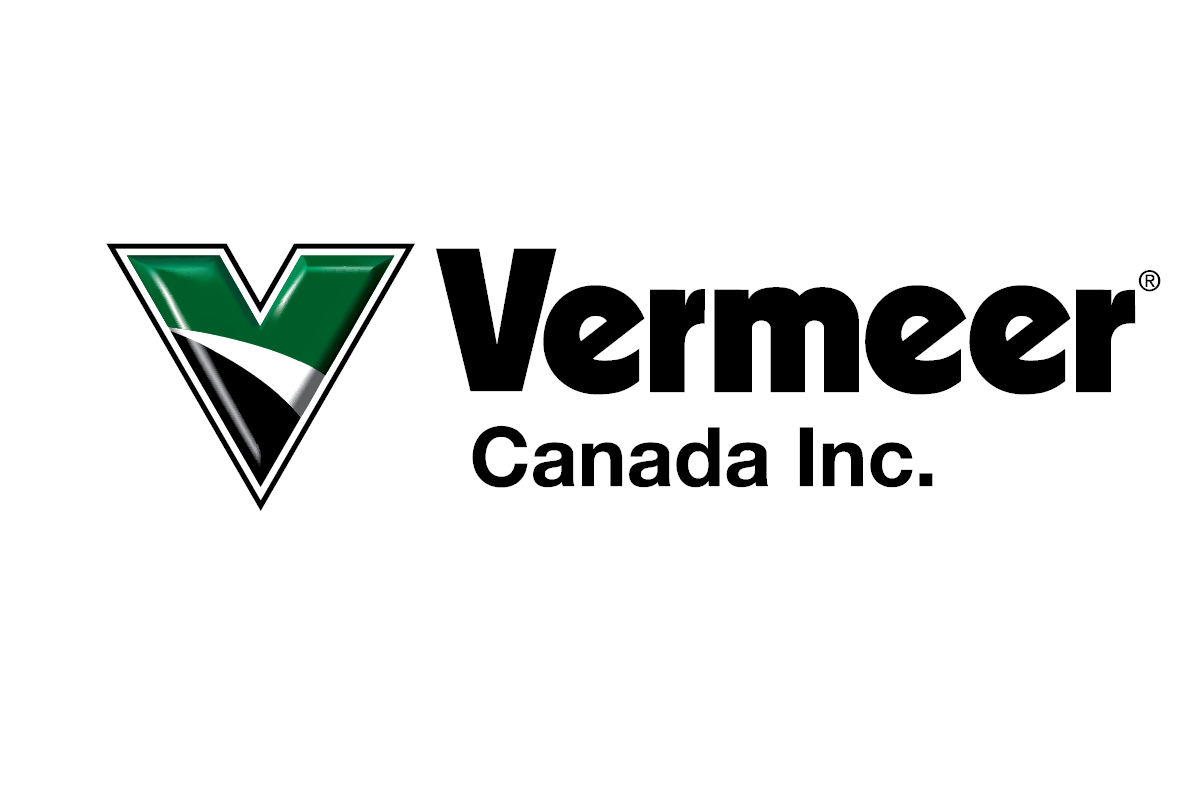
Advancing Underground Infrastructure – CUIIC Launches at University of Alberta
Innovation is a cornerstone of the trenchless industry and the underground infrastructure space, and a new organization is putting down roots to be an innovation centre for Canada, North America and beyond.
Officially launched in April, the Canadian Underground Infrastructure Innovation Centre (CUIIC) is a new research, innovation and education hub based in the Faculty of Engineering at the University of Alberta. CUIIC will build on the success of the Centre for Advancement of Trenchless Technologies (CATT) at the University of Waterloo and the Consortium for Engineered Trenchless Technologies (CETT) at the University of Alberta.
CUIIC is led by Alireza Bayat, Ph.D., P.Eng., professor in the Department of Civil and Environmental Engineering at the University of Alberta and Natural Sciences and Engineering Research Council of Canada (NSERC) Associate Industrial Research Chair in Underground Trenchless Construction.
CATT and CETT have more than 40 years of combined experience in the trenchless sector, focusing on underground construction methods that involve minimal excavation to install, assess and rehabilitate underground infrastructure including water and wastewater lines, pipelines, and optical fiber, among other applications.
“The idea and possibility of merging these two organizations and putting all of the efforts together is huge. The degree of support and enthusiasm that we see is great,” Bayat says. “Being able to join forces – rather than each of us pursuing what we were locally – to push that innovation envelope nationally in Canada is very exciting.”
The Road to CUIIC
Both CATT and CETT ceased operations as of May 1, with CUIIC continuing to address the challenges associated with underground construction through research and education. With the words “underground infrastructure” in the centre name rather than “trenchless,” organizers hope that CUIIC will foster innovation in all aspects of underground infrastructure. This includes – but is not limited to – manufacturers, suppliers, contractors, consultants, utilities, municipalities, and non-profit agencies with an interest in underground infrastructure.
The road that led to CUIIC started in the Fall of 2021 as the CATT Board of Directors began exploring what the next iteration of CATT would look like at the request of then CATT executive director Mark Knight.
Knight refers to CATT in three versions. CATT 1.0 was from its formation in 1994 to 2002 when Knight became executive director. CATT 2.0 was from 2002 to 2021, and CATT 3.0 is the future. “It’s time for version 3.0. We must change and adapt along with the industry and pass the torch on to the next generation,” Knight says.
RELATED: Members Vote to Dissolve CATT, Canadian Innovation Center Planned
Change doesn’t happen overnight, but in the case of CUIIC, it practically did. Discussions on CUIIC began at the end of 2021 and involved a small committee that included Knight, Carolyn Amyot and Jason Lueke from CATT and Bayat, Ben Campbell and Greg Tippett from CETT. By April, CUIIC had full approval and received seed money from the University of Alberta.
As part of the approval process within the University of Alberta, organizers had to gather letters of support for CUIIC. Within about a week, Bayat says the committee received letters of support from more than 20 organizations in Canada.
“Since the beginning we discussed inclusivity. CUIIC is going to be an inclusive organization and invites all parties to join,” Bayat says. “We all gather under this banner and we’re able to contribute to the industry. The potential we are talking about is massive.”
“We started CUIIC with a fresh slate, rather than trying to adapt or modify what we had with CATT and CETT. I think we’ve created an innovative organization for Canada and underground infrastructure,” Knight says. “It is innovative. We are not following in the footsteps of anybody else. This organization is based on our collective knowledge. Mine running CATT, Ali running CETT at the University of Alberta and our connections within the industry. I think it’s something fantastic for Canada to get behind. It’s a huge and exciting opportunity.”

Organizational Structure
CUIIC is led by Bayat with assistance from Lana Gutwin at the University of Alberta and Alyscia Sutch, who is in a communication and marketing coordinator role. Initially, research will be conducted primarily by students at the University of Alberta.
An Industry Advisory Council is being formed to create the highest level of guidance for CUIIC. There are three main national committees being formed to help guide CUIIC’s three pillars – Research & Innovation, Education & Outreach, and Industry & Membership.
Anyone looking to get involved with CUIIC can do so by becoming members. Membership is available in three categories: Industry (including manufacturers, suppliers, and consultants), Utilities and Municipalities and Non-Profit Agencies. Industry memberships are broken into three categories – small, medium and large – based on the number of employees. Utilities and Municipalities memberships are broken down into small, medium and large, based on the population served. Non-Profit Agencies form a single membership category, which is free of charge.
While CUIIC is headquartered in Canada, Knight encourages participation from interested parties across North America. As he points out, research and innovation in underground infrastructure do not stop at the border, and the needs in Canada are very similar to the needs in the United States.
“We want to be a hub that helps make it easier for new and innovative technologies to come into Canada,” Knight says.
RELATED: Canadian Underground Infrastructure Innovation Centre Launches at University of Alberta
Each member organization can have up to 25 individual employees to participate in CUIIC and access CUIIC Connect – an online community for discussion forums, networking and sub-groups related to underground infrastructure.
Collectively, CUIIC is one community working toward efficiencies in underground infrastructure. That community is broken down into smaller communities based on discipline specialization. Organizers are setting up CUICC in a way that people with similarities in their area of focus will be able to get together and create a community around that topic or technology, and at the same time those communities can interact with one another. Creating these underground infrastructure communities is a cornerstone of CUIIC, Bayat says.
Other member benefits include professional development and training opportunities, event discounts and input on research projects.
Research and Education
“There will be a lot of innovation in the way research will happen. One fundamental difference is that in the past you were a member of CATT, and the research was separate. The way that CUIIC is structured and the way that memberships are set, and this was coordinated with the University [of Alberta] administration, any company becoming a member of CUIIC, they are officially a research partner with the University of Alberta,” says Bayat. “As a member you aren’t just paying a membership, you are a research sponsor for all the CUIIC research that will happen. The concept here is that for less money, people can be part of that research community. We are building a crowd together to support the research and education mandate of this program.”
As research partners, CUIIC members will get access to the results and work that went into the research. To help shape the research, CUIIC plans to run a yearly survey for its membership to identify the problems that the industry is facing and prioritize the problems. Researchers with CUIIC will then package those problems, coordinate the right team around the issue, put a timeframe on it and push that innovation or problem-solving measure. Additionally, because of its affiliation with University of Alberta, CUIIC is eligible for matching funds and government grants.
“What we are emphasizing with CUIIC is the concept of community,” Bayat says. “As a member you are joining this community and collectively as a community, we will identify problems and we are going to work toward finding solutions. It’s flat ground, and it’s democratic.”
On the education side, CUIIC organizers have a few plans under development to include classes, short courses and webinars. The plan is to hold the first courses in the fall semester. The Education & Outreach Committee will be tasked with coming up with that calendar for the next year. Amyot, who was chair of the CATT Board and actively involved in the CATT Seminar Committee, is getting the education committee up and going.
RELATED: CETT Spearheads Trenchless Research, Education in Western Canada
Team Effort
“Setting up a center such as CUIIC is a massive effort by a massive team. There is a lot of work behind the scenes that has already been done and there is an awful lot of work that needs to be done over the course of the next six months,” Knight says. “The No. 1 thing is to not overcommit and get that foundation done and done correctly.”
“The degree of support I’ve seen from the industry is amazing. The University of Alberta has been extremely supportive and provided a significant contribution to get CUIIC going, and they have accelerated things exponentially for us,” Bayat says. “Establishing these type of things takes time, but the leadership at the University have been supportive of making this happen in a short period of time.”
Knight, who has been involved with CATT since 1997 and at the helm since 2002, adds that the support he’s seen for CUIIC is amazing and speaks to the fact that this is something that the Canadian underground infrastructure sector has needed for some time. He states that while he is no longer in charge, he will fully support and participate in CUIIC’s initiatives going forward while expanding the research at the University of Waterloo as well. He also says that CUIIC is in great hands with Bayat at the helm.
“I know Ali will do a fantastic job and he has a fantastic vision for this organization’s needs and how it will grow,” Knight says. “We used the 2022 Trenchless Technology Road Show to announce the transition, and everyone was extremely supportive. We’re winding down two great organizations to grow a bigger and better organization. It’s best for the industry in Canada to have one voice moving forward.”
For more information about CUIIC, including membership opportunities, events, courses and the like, visit cuiic.ca and connect with CUIIC on LinkedIn.
Mike Kezdi is the managing editor of Trenchless Technology Canada.




